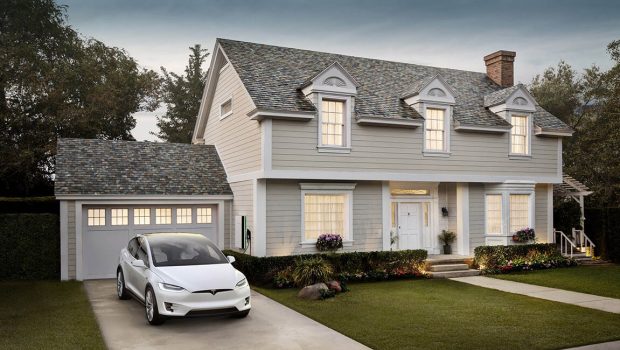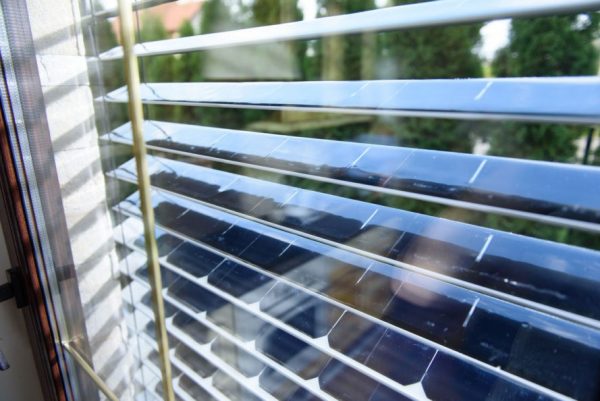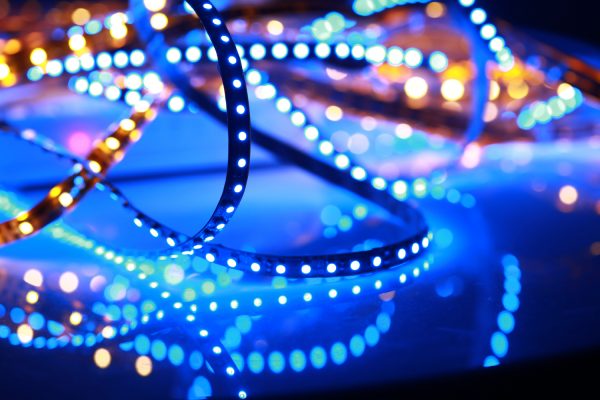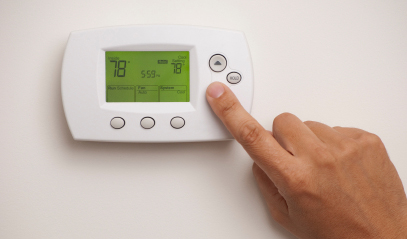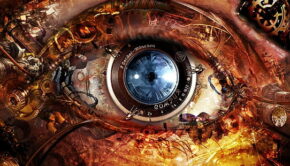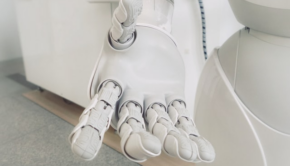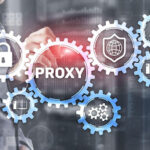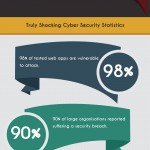Smart Tech: The Future of Green Buildings
Making fossil fuels go the way of the dinosaur seems to be a general goal for many industries these days. Advances in technology mean buildings can go green, and in some cases, such as The Edge building in Amsterdam, become nearly self-sustaining. You can look to technology that is currently popular in homebuilding to see what the future holds for commercial buildings.
Solar panels/Photovoltaics
While solar panels have been available for years, it’s only recently that they have become a viable option for the cost. This is in part thanks to tax cuts but also efficiency. Being able to tilt the panels four or five times each year can add higher output as well. It’s better to do this at regular intervals rather than based on the season, but the building will see about 25 kW/m2 more power.
What does better energy collection mean, especially if the building doesn’t use all that is collected? Companies can take a page out of what private citizens are doing and sell their energy using a process called “net metering.” While it isn’t uncommon for companies to do this, Amazon won the right to sell excess energy it collected with its solar panels, skipping using a local energy company as a middleman, and sell directly to regional markets at the market rate.
This is referred to as the “smart grid,” with more than just energy companies contributing. Non-residential smart meters — that is, commercial buildings contributing to the smart grid — are projected to have 71.7 percent market penetration by 2020, and the smart grid is expected to save between $46 and $117 billion over the next 20 years. The building’s owner could conceivably not only power the entire building and save money, but make money on the side by helping out other buildings and companies.
LED Bulbs
LED bulbs have three key benefits over traditional filament bulbs: They are green, they cost less to use, and they are much easier to pair with a smart system.
Unlike incandescent light bulbs, LED bulbs are made of plastic and do not contain toxic chemicals, like mercury. While this means other materials must be used, which increases the cost per bulb, the benefits outweigh the initial costs.
For example, one homeowner in California found that he would recoup the costs in less than 2 months of use. Scale that to a commercial building, and energy costs will be greatly lowered after the initial investment.
Finally, LED lights are often smart home-friendly, which can be extrapolated to a smart business. Adjusting brightness for the time of day, or even the hue — think orange-tinted early and late in the day, to avoid eye strain of blue light — are both possible.
Smart Thermostats
Speaking of smart homes, smart thermostats can learn temperature preferences and change the temperature dynamically in a home. This, like the LED bulbs, can be put to use on a bigger scale in a commercial building. In a smart home, energy consumption was cut by 20 percent.
Imagine the thermostat detecting that everyone has gone home for the day and automatically changing the temperature in the building. It can be programmed to know when people will arrive the next morning and start heating or cooling the building in enough time that everyone will be comfortable when they arrive to work.
It saves on keeping the thermostat at the same temperature overnight to keep things ready for the next day, and it’s better than someone being miserable when they are the first in and have to wait after manually changing the dial. Best of all, it’ll save you money and the environment by minimizing power consumption.
Green buildings have already cut down on emissions in the United States by 34 percent. With 70 percent of the world’s population predicted to move to cities by 2050, and with buildings already contributing 40 percent of emissions, buildings will need to go green to keep businesses environmentally friendly. Using the same technology currently popular in smart homes, but scaled up for larger buildings and businesses, can create a way to minimize our environmental impact.

